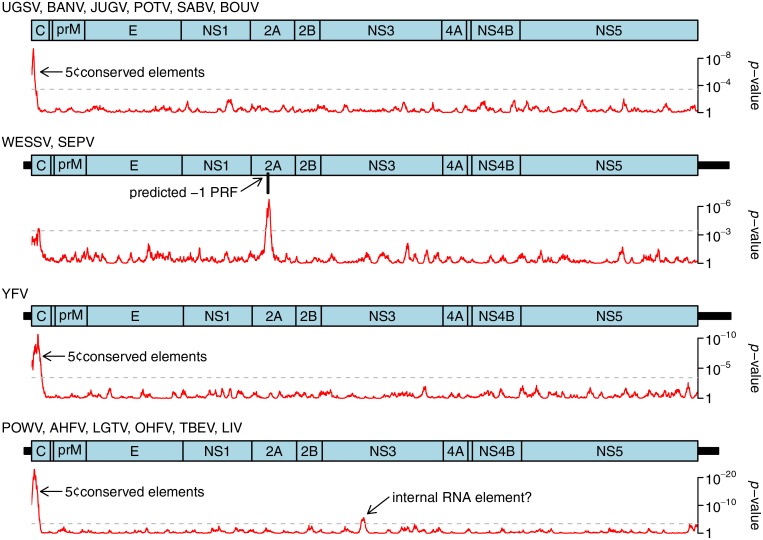Fig 5. Synonymous site conservation analysis for selected flavivirus clades.
Alignments of 6 UGSV/BOUV clade, 6 WESSV/SEPV clade, 56 YFV, and 144 POWV/TBEV clade polyprotein ORF sequences were analyzed for synonymous site variability as decribed previously (Firth et al., 2011 PMID 21525127). The accession numbers of all sequences used in the analysis are available on request. Red lines indicate the probability (p-value) of obtaining not more than the observed number of synonymous substitutions, in a 25-codon sliding window, under a null model of neutral evolution at synonymous sites. Dashed grey lines indicate an approximate 5% false positive threshold after correcting for multiple tests (i.e. ~136 x 25-codon windows in the ~3400-codon polyprotein ORF). Statistically significant peaks in synonymous site conservation are indicative of overlapping functional elements, either coding or non-coding. Genome maps are shown for each clade. UTR lengths may be uncertain for less well-studied clades and are omitted for the UGSV/BOUV clade due to lack of sequence data. Known and predicted overlapping ORFs accessed via-1 PRF are shown in pink. Note that p-values can not be directly compared between different clades because the statistical significance (i.e. p-value) of observed reductions in synonymous site variabilty depends on the diversity of the specific sequence alignment being analyzed.

